Breaking the Silence, Yet Again
There was music this time, notes that accompanied the voices of those who read. First names and last names filled the air amid the noise of wet and rainy New York City streets. Last names were repeated with different first names. In a few seconds a family tree was sketched; entire families were deported to and exterminated at Auschwitz and elsewhere. Fathers, mothers, children, sisters, brothers, grandchildren, grandfathers, grandmothers – individual lives that cannot be erased.
Musicians from New York and Italy – Brandon Ross, Lawrence "Butch" Morris, Avram Fefer, Marco Cappelli, Bernd Klug, Mauro Pagani– played gently, almost timidly allowing their notes to rest on those names.
The reading of the names of Italian victims on Holocaust Remembrance Day on January 27 (Giornata della Memoria)has become a tradition in Italian New York. This year, on the 67th anniversary of the liberation of Auschwitz by the Red Army, diverse members of the Italian community, including Jews and diplomats, gathered at the Consulate General of Italy in the open garage on Park Avenue in front of podiums with sheets of paper containing thousands of names.
This initiative is steadfastly supported by the Primo Levi Center (Centro Primo Levi) and former Consul General Francesco Maria Talò; this year it was directed by Consul General Natalia Quintavalle, who took office earlier this fall. It is an event that we here at i-Italy particularly value and have thus covered it for years, ever committed to amplifying its coverage.
We do so even as we are still often asked: “Why continue to read those names?” Others have also said: “What use is it to remember all of this?” This year some others even proclaimed: “Why should Italian-Americans participate in this ceremony?” And on January 27, an anonymous, unsigned letter with a strong anti-Semitic tone was sent to Professor Anthony Tamburri, Dean del Calandra Institute and editor of i-Italy, who has always been concerned about with these issues (see related article).
They are, unfortunately, indicators of a latent indifference (let’s call it that) that is so very dangerous. And this is what drives me to write these notes in the margins on Holocaust Remembrance Day 2012 in New York City.
Against indifference and forgetfulness
On January 27, 1945, the world was forced to open its eyes to the horror of the liberated Auschwitz concentration camp, a horror that had traversed an indifferent Europe. Most indifferent. Today are we really so immune to the risk of this same indifference? Stella Levi, an Italian Jew deported from Rhodes and survivor of the Nazi death camps, was also present at the event this year. With her voice strong and feeble at the same time, she told me, “We were numbers. Hearing names instead of those numbers allows us to become men and women once again.” These words should be enough to explain the reason behind an event that aims to restore human dignity to people who were once considered numbers. We cannot ignore that from year to year there are fewer and fewer victims and perpetrators left who can testify. January 27, therefore, is not only a tribute, a tradition, but also an invitation to learn. It is an opportunity to hear from people like Stella Levi, witnesses of an experience that we need to remember and identify as inhumane. Beyond the words and rhetoric that come so easily on these occasions, the presence of the victims’ children and grandchildren attending this event signifies an investment in the hope for a better world.
In addition to history books, there is the need to orally transmit this history through the generations for as long as possible – for the precise purpose of impeding those who credit new “historians” with denying the Holocaust and dangerously revising history. Ignorance leads to repeated mistakes and new horrors that once seemed impossible.
Man may still be capable of perpetrating horror just as he can also create art. Let’s return to last Friday’s music, to the meaning it had and the meaning it held.
Mauro Pagani, among the musicians who played, confessed: “I could not listen to the names; I had to concentrate on the notes. To think that all this has happened in Europe – the most cultivated place, the cradle of culture – less than 70 years ago, still makes me shudder.” Between memory, music, and the present, Stella Levi, sitting in a corner was listening to the musicians, too. “I went back in time, to when I was 19. I was there and they were playing,” she told me. In the midst of such horror, there was music. It seems impossible that the two could coexist. And yet it happened.
Music was used to accompany rites of annihilation and to inspire the Nazis as they committed atrocities. But there was also the music that helped the deported to stem the hatred, to find a glimmer of humanity within the notes. They were musicians, but they were also prisoners without any musical training. “We sang so much,” Stella told me, “we sang in Italian and we played.”
Between Italy and Italian America
On Park Avenue, in the most Italian city outside of Italy and the most Jewish city outside of Israel, home to the U.N., where great diversity and multi-faceted contradictions coexist, curious passersby under umbrellas stopped in amazement, often fascinated, before these voices and live music. And here two communities, Jewish and Italian-American, whose stories have frequently intertwined here in New York, found a common voice. A common thread between them. The relationship between memory, truth, and denial. Albeit for different reasons. I would like to mention that the definitive manifesto for the new Italian-American intellectual was written in 1989. It broke the deafening silence present in large sections of the community on the subject of our own “racism” – especially in the days of violence following the murder of Black teenager Yusef Hawkins in Bensonhurst by a group of his peers, mostly Italian-Americans.
In Breaking the Silence: Strategic Imperatives for Italian American Culture, Professor Robert Viscusi (who, incidentally, is also one of our most beloved bloggers) took that episode as a springboard to posit that “Italian America lacks a tradition of self-critical dialogue,” and propose a radical renewal of Italian American culture deeply rooted in knowledge without masking its historical experiences.
The temptation, widespread in some Italian-American circles, is to insist on a singular narrative, one that is overwhelmingly positive and never self-critical. Here, too, there exists an aspect of “denial” – whether it is the Mafia as Roberto Saviano recently pointed out at conference at NYU, or Jersey Shore and the “Guido” phenomenon as we have analyzed at length here at i-Italy in a series of articles which are now collected in one volume. It’s the mistaken concept that anything that tarnishes the image of italianità at home or abroad should be eliminated or at least hidden from view. And so we are inundated by so many celebrations, really public self-congratulation, with a flurry of “good Italian people” that extends the tendency of denial to the responsibility of Italians for the Holocaust under Fascism. The anonymous letter that Professor Tamburri received demonstrates that this temptation exists not only in Italy, but also in Italian America.
They are on different levels, of course, but they have something in common. One begins to forget the Holocaust and ends up forgetting the ancestors who arrived in the U.S. poor, weak, and acquiescent to criminality. The Italian journalist Gian Antonio Stella highlighted this in his famous book, which became a theatrical play that was recently revived in New York City: When the Albanians Were Us [Quando gli albanesi eravamo noi].
He wanted to remind Italians – who, over the past decade, all too-often have been revealed as xenophobic although they are not overtly racist – that millions of our ancestors invaded America indeed as a “horde” of poor immigrants and that they were very often regarded with the same suspicion and fear with which many Italians now look at immigrants who arrive on our shores from Albania and North Africa. But how difficult is it to admit that we, too, were also “Albanians?” In wanting to forget our “Albanian-ness” we cultivate the seed of potential racism. As we strive to forget the Holocaust, we recreate the conditions for such madness to occur once more. This is why the presence of so many members of the Italian-American community in celebration of Holocaust Remembrance Day in New York City is especially important. Italy and Italian America come together on that day in the knowledge that the absence of memory is the negation of the future. This does not prevent us from objectively seeing that phenomenon in contrast, for example, to the many instances in which Italians helped Jews escape persecution – as Joshua Levi discusses in a touching article that i-Italy just published.
Perhaps there is another Hitler today, someone who has a systematic plan to exterminate an entire race, but there are indicators of intolerance around the world, also within Italy. And there are also less overtly reprehensible attitudes, but they are still very dangerous simply because they are accepted. Creating ranks of illegal aliens in Italy harkens back to segregation; labeling a foreigner as dangerous just because he is from a poor country and closing restaurants because they are run by non-Italians are a few of the troubling symptoms precisely because they are supported by institutions on various levels, as has happened in a number of municipalities. It should not happen in Italy nor should it happen in America. And it should not happen in a major community within Italian America, precisely where its own “Albanian-ness” should be a stronghold for acceptance of the “Other.”
I will never forget the veil of childhood sadness that I saw in Stella Levi’s eyes as she told me, under an umbrella with never ending rain pouring down around us, what she felt as a child when she was no longer allowed to go school with her classmates. It happened. Under the powerlessness of many to stop it. It was a law of the Italian State. One of the first steps towards the horror.
----
"
Our voice, and that of our children, should serve to not forget and to not accept with indifference and resignation the renewed slaughter of innocents. We must lift the cloak of indifference that covers the pain of martyrs! My commitment in this sense is a duty to my parents, my grandfather, and all my aunts and uncles. It is a duty to the millions of Jews who “walked the path,” the Gypsies, children of a thousand countries but with no homeland, the Jehovah’s Witnesses, the homosexuals, and to the thousands and thousands of flowers raped, beaten, and slain in the wind of the absurd; it is a duty to all those stars in the universe that the evil of the world wanted to extinguish.... The liberated young people need to know, we need to help them understand that everything which was history is today history in the making, and it is it is eerily repeating itself.”
Elisa Springer, The Silence of the Living [Il Silenzio dei Vivi]






























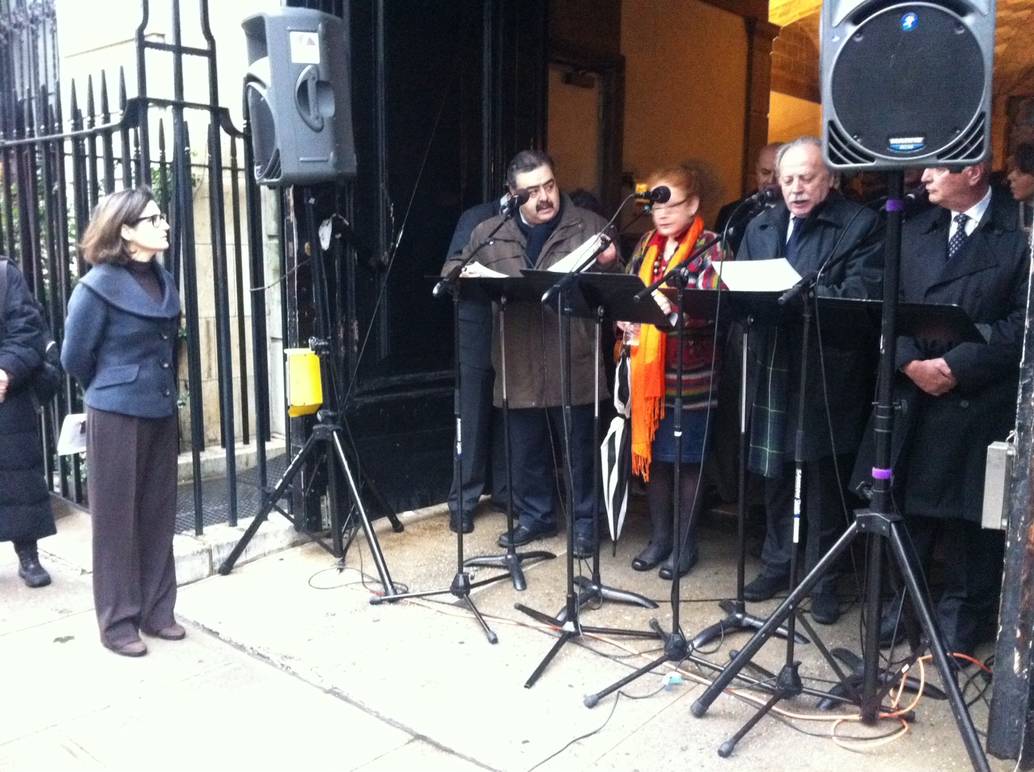
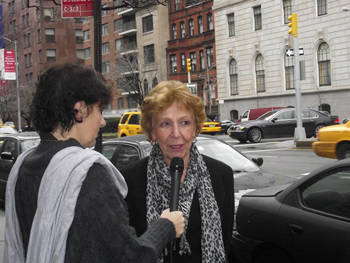
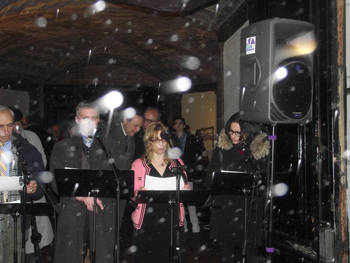
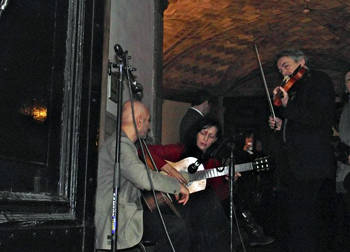
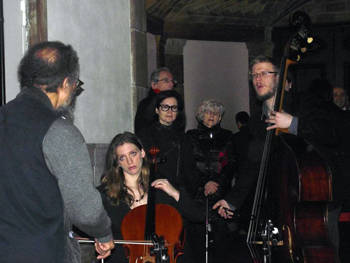
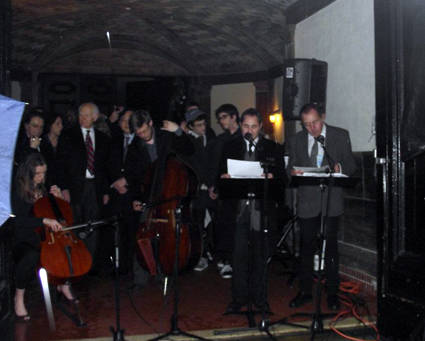
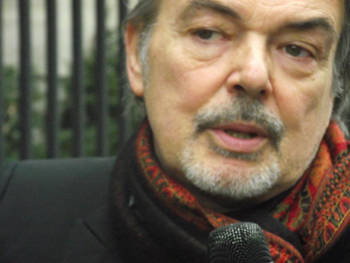
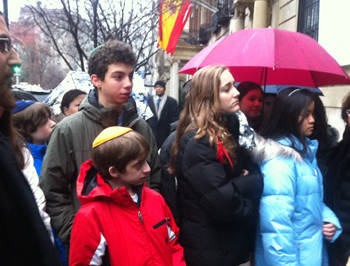
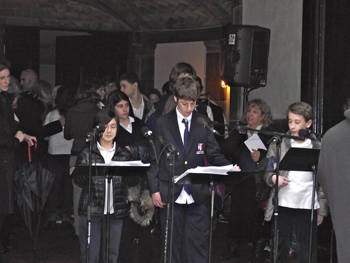




i-Italy
Facebook
Google+
This work may not be reproduced, in whole or in part, without prior written permission.
Questo lavoro non può essere riprodotto, in tutto o in parte, senza permesso scritto.